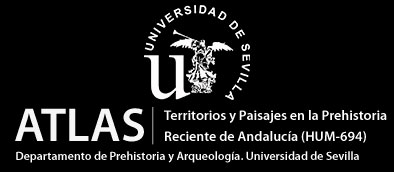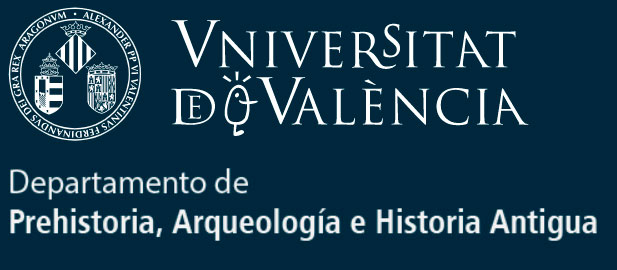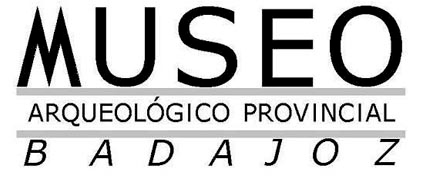FORNACIS, in a scientific meeting on protohistoric urban landscapes
The FORNACIS project will be present at the Scientific Meeting Urban Landscapes of Peninsular Protohistory: New Perspectives for a Comparative


The FORNACIS project will be present at the Scientific Meeting Urban Landscapes of Peninsular Protohistory: New Perspectives for a Comparative
In December 2022, David Gordillo Salguero, a recent PhD in Antiquity Sciences (University of Salamanca) and currently an archaeologist at
Located just over 6 km east-south-east of Ribera del Fresno (Badajoz), the Hornachuelos hill is an emblematic feature of the landscape in the Matachel River basin, one of the main tributaries on the left bank of the Guadiana River and the natural path toward the Guadalquivir.
The first archaeological mention of Hornachuelos dates back to the 19th century, when the Marquis of Monsalud (1898) published the discovery of a now lost Roman-era gravestone. This finding, however, went unnoticed by M. Ramón Martínez (1900) in his brief article titled “Hornachos”, published not long afterwards, in which he identified this site with the Turdetani settlement of Fornacis described by Ptolemy in his Geography (II, 4, 10); this was a renewed proposal of the prior theories of the Franciscan monk Juan Mateo Reyes Ortiz de Thovar (1770, 1779). All of these references to Fornacis, Hornachos and Hornachuelos, however, remained isolated for a long time and only began to come to light and be redefined as a result of the archaeological excavations conducted over intermittent seasons from 1986 to 1997 on the Hornachuelos hill and necropolis, prompted by the prospection done in the surrounding areas, sponsored by the Regional Government of Extremadura.
This work verified the existence of an oppidum (fortified town) from the Roman Republic and early Imperial era (2nd C. BC – 1st C. AD) at this site linked to military control and agricultural and livestock activities in the Matachel River valley and, especially, to argentiferous galena mining in the Hornachos Mountains. The dimensions of its defences, its urban design, the uniqueness of its necropolis and the abundant and diverse coins found at this site, along with a recent re-assessment of Ptolemy’s coordinates, support the placement of Fornacis at Hornachuelos. Although it never reached municipal status, this enclave was part of the oppida of Beturia, the name given by Plinio (Naturalis Historia, III, 13-14) and Estrabón (Geographia, III, 2, 3) to the territory spanning from the Guadalquivir River to the Guadiana River. Thanks to the research done in the past fifty years, this area is now an attractive Roman-era historical site.
In addition to its historical significance, Hornachuelos-Fornacis also possesses important social and heritage potential, which was brought to light in 2002-2003 in conjunction with the Alba Plata Project (European Investment Bank and Regional Government of Extremadura), enabling the restoration of the excavated areas and the creation of the Interpretation Centre in Ribera del Fresno. These research and heritage activities have received the inestimable ongoing support of the Aranguren Sánchez-Arjona family, owners of the property where the site is located.
approved in 2020 by the Spanish State Research Agency of the Ministry of Science and Innovation (MICINN) for the next four years, aims to resume and complete the work done in Hornachuelos from 1986-1997 and 2002-2003. Its general objectives consist of two main priority lines of action: A) Furthering the knowledge about this enclave within the historical context of Beturia and southwestern Hispania; and B) Developing its scientific and heritage-related dimension through the framework constructed by the Alba Plata Project. Each of these lines of action has its own specific set of objectives. Thus, Line A will address aspects such as the defence system, urban organisation and the layout of the oppidum, a study of its necropolis, its paleoenvironmental and economic setting, focusing especially on the potential of the argentiferous galena at the Hornachos mining site, an analysis of materials and the integration of Hornachuelos-Fornacis in the historical framework of Beturia. In turn, Line B calls for a plan entailing scientific dissemination and awareness-raising about this heritage in society, to be implemented in collaboration with the project’s observing promoters (EPOs), the Regional Government of Extremadura and the City Council of Ribera del Fresno, a member of FEDESIBA (the Federation for the Development of Sierra Grande-Tierra de Barros).






Prehistory Area
Department of History